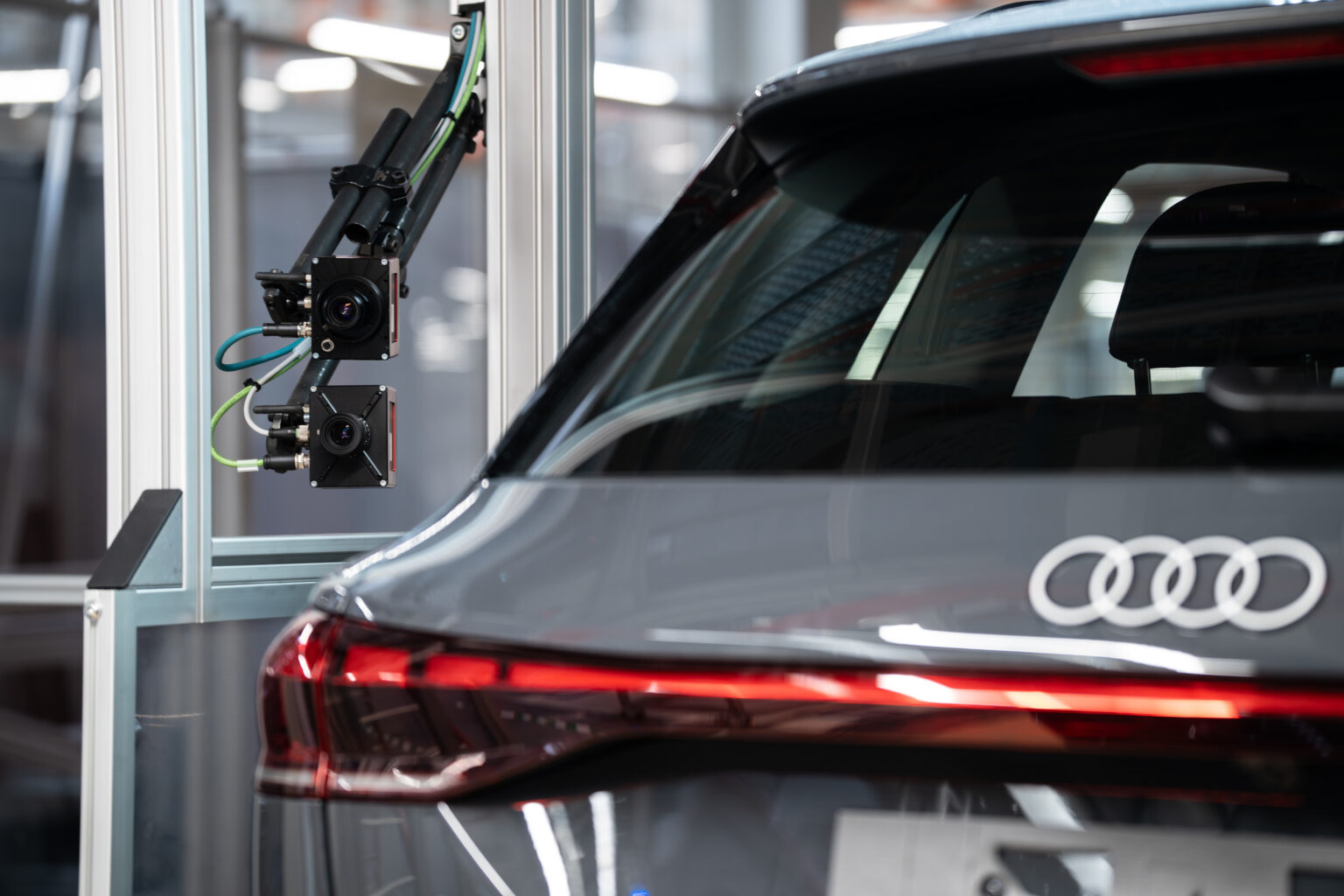In an automotive industry where every minute of downtime represents millions of euros in losses, Audi is steadily pushing the boundaries of the use of artificial intelligence. The company has already implemented more than 100 AI applications – from quality control to tender analysis – as part of its long-term 360factory strategy. The aim is to create fully integrated, flexible and self-learning production that optimises processes in real time.
At first glance, this sounds like just another corporate story about digital transformation. But Audi is going farther than most – treating data as a strategic raw material and building not only technology, but an entire organisational backbone around AI. The company’s production halls now produce five gigabytes of data a day, and access to hundreds of petabytes of data provides the foundation for systems that predict failures, optimise production cycle times and automate quality control.
Of particular interest are applications of generative AI, such as ‘Tender Toucan’ – a tool to support the analysis of tenders, which is already delivering 30 per cent time savings. Importantly, Audi is not limiting AI to engineering departments – it is also seeking to transform office and purchasing processes, which could inspire other players in the industrial sector.
In the area of quality control, the company is deploying AI not only to identify errors, but also to eliminate them automatically – as in the ‘Weld Splatter Detection’ project, which is to be coupled with robots removing welding splatter in the summer of 2025. This is an example of how AI can affect not only efficiency, but also worker safety.
Audi is not operating in a vacuum – it is embedding its activities in a wider ecosystem, including working with IPAI in Heilbronn and developing a network of experts as part of the AI25 initiative. It is consciously building a technological edge that could determine its position in the automotive of the future – electric, digital and increasingly autonomous.
Audi is showing that AI in industry is not just a trend, but a lever for operational advantage. The key is not the number of implementations, but their consistency, scalability and the ability to turn data into real decisions – and this is where the German manufacturer is clearly gaining an advantage.









